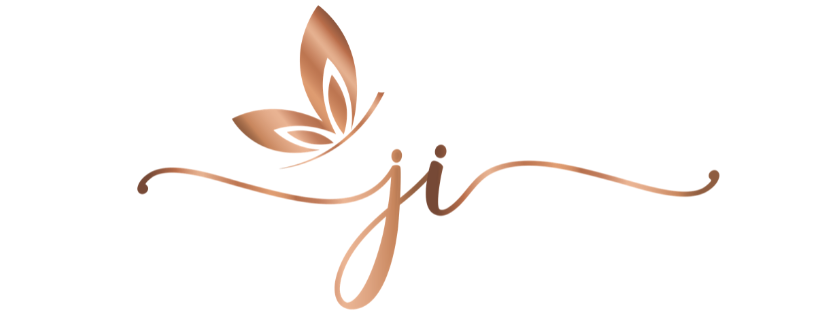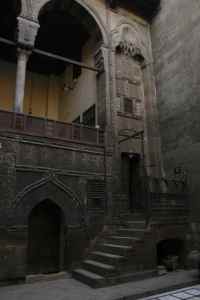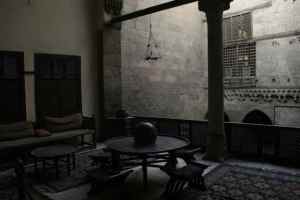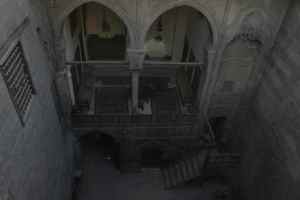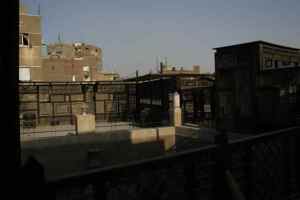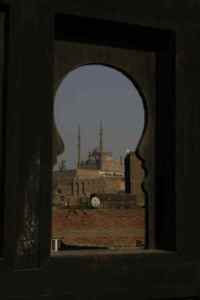For my next outing with Haitham I came fully prepared: water, sturdy socks, comfortable shoes, and a camera with two fully charged batteries. Now that I knew what would be in store, I was not going to miss a thing!
We started at the two big mosques that stand at the base of the Citadel: Sultan Hasan Mosque (on the left) and the Mosque of al-Rifa'i (on the right). Again, we managed to find a taxi driver who didn’t know how to get there. So between directing his driving, Haitham also enlightened this young fellow on the history of his birth city (once a professor, always a professor; believe me, I’m the daughter of one and I know; it can't be turned off).
The Mosque of Sultan Hasan was built for Sultan al-Nasir Hasan, who ruled Egypt for twelve years, starting from the age of thirteen. Construction was started in 1356, however he was assassinated in 1361 and the mosque wasn’t finished until 1363.
Over 600 years later, the mosque is revered as an eminent example of Mamluk architecture, as well as being known for its enormous size. The entrance itself is over 131 feet tall, and at the time of construction the minaret was the tallest in Cairo at over 267 feet (although, sadly it actually collapsed killing 300 people). The mosque itself covers a whopping 86,000 square feet of space. Truly monumental.
Entering the mosque you really can’t fight the feeling of what Alice must have felt when she ate the “shrink” side of the mushroom. The scale is so large, it’s a bit disorienting. Not to mention the sudden silence with the void of Cairo-noise. The central courtyard has a large fountain that was not originally intended for ablutions, although that’s what it’s used for today. And in each corner are heavy wooden doors, leading to one of the four madrasas, or colleges, for teaching the four rites of Sunni Islam. (I was going to try to explain the four schools, but honestly I’m still uncertain, so I won’t share the confusion at this point.) At one time, they could accommodate 506 students and 340 staff with over five stories encompassing 174 rooms. When we were there, it was us, about six “staff” (assuming those sitting around were staff), and a mere handful of other curious tourists, so we couldn’t really get the true feel of standing in a mass of 850 people.
The interior walls are brick covered with stucco or bands of colored marble. The floors are also covered in marble inlay. The mihrab and minbar are particularly striking with their marble stripes and gold accents. It’s said that Hasan was able to build such a grand structure because there was a significant surplus in the royal treasury from the estates of victims of the plague of 1348.

Behind the qibla wall is the mausoleum. Following his assassination, Hasan’s body was apparently never found, but his sons have since been buried here. The interior, when we visited, was immense and dark, so I have no photos and can’t really comment on any wow-factors. The guide book describes it as “lofty and somber.” Well said.
Standing next to the Mosque and Madrasa of Sultan Hasan, completing the matching set of gargantuan bookends, is the Mosque of Al-Rifa’i. It was commissioned by Khushyar Hanim, the mother of Khedive Isma'il Pasha (who ruled 1863-1879), on the site of the then-current shrine for Islamic Sufi saint Ahmad al-Rifa'i. Due to financial and logistical issues, it was built in two phases over a period covering 1869 to 1912.
The original architect designed it to match the size and appearance of its bookend mate, Sultan Hasan. However, the interior is very different, with no inner courtyard and tombs lining the sides. It’s also extremely ornate, utilizing nineteen types of marble from seven countries and gold imported from Turkey for the gilded ceiling. 

The new shrine for relics from Ahmad al-Rifa’i is immediately in front of you as you enter, decorated as he would have surely wanted, with plastic wreaths and colored pea-lights. It is still a well-visited site for people seeking his blessing in their life. Without the open central courtyard, the space seems even more immense than Sultan Hasan, as we lurk around the edges. We come to one section housing the tombs of King Farouk (essentially the last king of Egypt, ousted in the 1952 revolution), his predecessor King Fuad, Fuad’s mother and Mohammad Reza Shah Pahlavi, the Shah of Iran, who died in exile in Egypt and was once married to King Farouk’s sister (handy Trivial Pursuit factoid).
As we wander through the central sanctuary, we are approached by a young man who speaks with Haitham. He offers to show us another area of tombs. Feeling adventurous we follow him through a doorway leading outside. Immediately to the left is another huge door, which he opens using, what he claims is the original 100-year-old skeleton key. Inside is a line of three funerary chambers containing massive ornate marble tombs for Khushyar Hanim, her son Isma'il Pasha, his three wives (they have to share the same room even in death), and a few others. We somehow acquired a third tourist along the way, so the three of us admire the artistry, which really is impressive with just a dash or two of gaudy, listen to our guide’s history lessons, and then pay him the requisite bakshish. It was worth it.
From here we ventured back out into the daylight with the plan of doing a “little” walking. And having been on Haitham’s walks before, I knew what was in store and I couldn’t wait!
